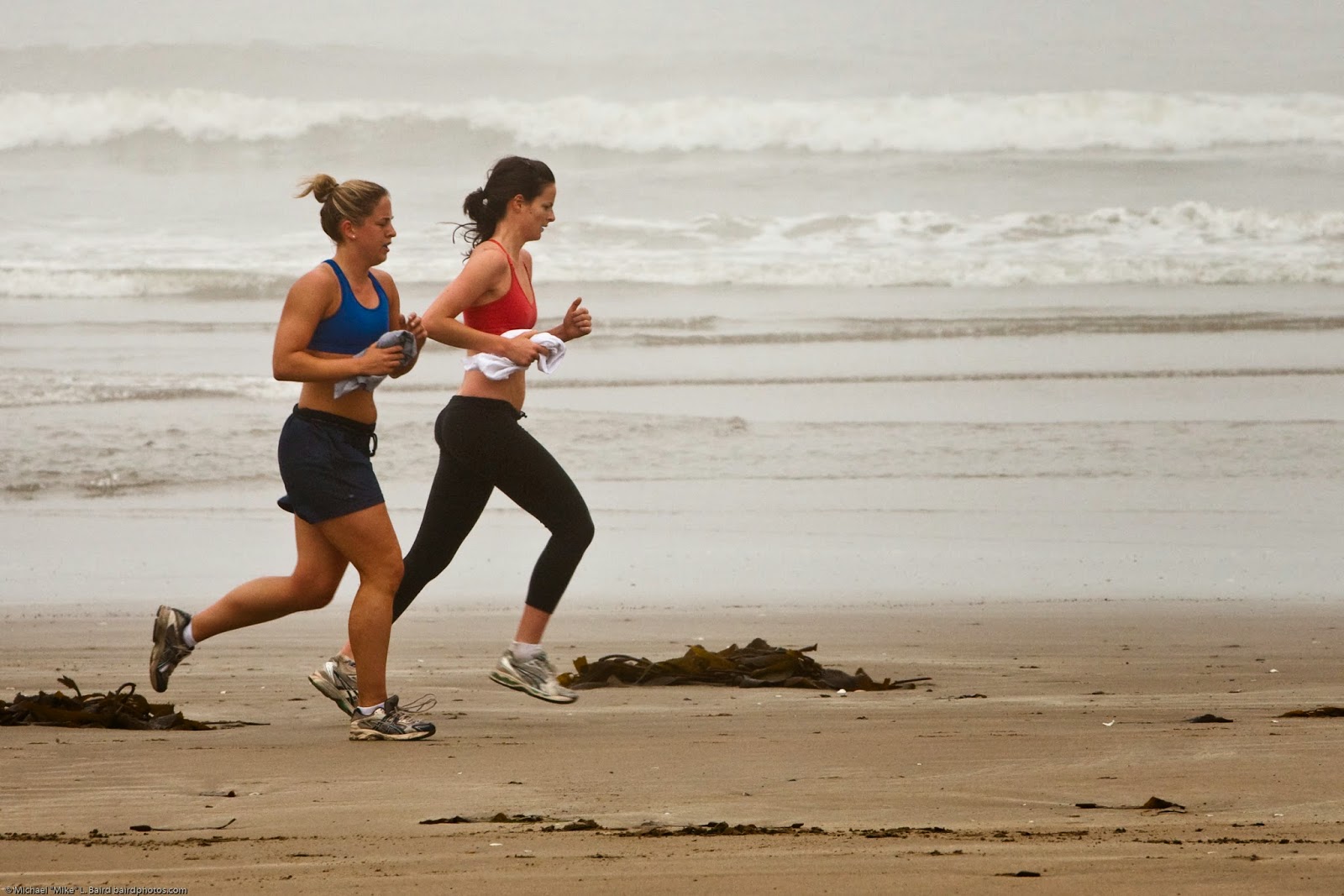Cholesterol
is one of a large and important class of biological molecules
called lipids, which is scientific jargon for fats.
Apart
from cholesterol, there are several other biologically important lipids in the
body: fatty acids and their derivatives, triglycerides and
phospholipids.
Cholesterol
and triglycerides are transported in the bloodstream as lipoproteins. LDL and
HDL are varieties of lipoproteins.
Triglycerides
are stored as fatty acids in adipose tissue (the layer of visible fat under the
skin and around organs).
Recent
evidence suggests that raised triglycerides pose a risk for coronary artery
disease. This is particularly true when raised triglycerides are part of the
so-called metabolic syndrome, which is characterised by abdominal obesity, high
blood pressure, reduced HDL cholesterol and diabetes or prediabetes.
What
is cholesterol?
This
fatty substance is present in the bloodstream and in all your tissues and
cells. It’s necessary for human life and is made by the liver, although
virtually all cells are capable of making it. We also get cholesterol from the
foods we eat.
People
often think that cholesterol is the root cause of all cardiovascular disease.
This is partly true, but such a view is overly simplistic, because cholesterol
also has a beneficial role to play in our body. Furthermore, fatty acids –
another class of lipids – also influence health and disease, whether they occur
in the walls of cells or in particles with cholesterol.
Other
lipids
Apart
from cholesterol, there are several other biologically important lipids (fats)
in the body:
·
Fatty acid derivatives. These can be used as an
energy source and are transported in the blood bound to a protein called
albumin.
·
Triglycerides consist of three fatty acids linked to a
chemical substance called glycerol. Similarly to cholesterol, they are carried
in the blood as complexes called lipoproteins.
·
Phospholipids. These are complex molecules of which the
phosphate-containing end is water-soluble and the lipid end is not.
Phospholipids form part of the cell walls.
Phospholipids
and triglycerides are transported in the blood in the form of lipoprotein
complexes. These complexes are graded according to size and lipid content, and
there are six of them that are clinically important:
|
Lipoprotein
|
Size (nanometres)
|
% protein
|
% cholesterol
|
%
triglyceride
|
|
Chylomicrons
|
75-1 000
|
2
|
3
|
85-90
|
|
Chylomicron remnants
|
30-80
|
Increased over above
|
Increased over above
|
Decreased from above
|
|
Very-low density
lipoproteins (VLDL)
|
30-80
|
8
|
16
|
55-65
|
|
Intermediate- density
lipoproteins (IDL)
|
25-40
|
10
|
25
|
15-30
|
|
Low-density
lipoproteins (LDL)
|
20
|
20
|
46
|
8-12
|
|
High-density
lipoproteins (HDL)
|
7.5-10
|
50
|
16
|
3-10
|
These
lipoprotein "shuttles" have specific functions. Of relevance are:
·
Chylomicrons. These are large particles that carry
dietary fats from the intestine through the blood circulatory system. In muscle
and adipose tissue there is an enzyme that will enable the removal of a large
portion of the triglycerides in chylomicrons.
·
LDL. This delivers cholesterol to tissues, where
it is used by growing cells that need cholesterol or may be deposited when in
excess. This has earned it the name of "bad cholesterol".
·
HDL. This is known as "good
cholesterol", because its main function is to remove cholesterol from
cells and tissues and carry it back to the liver for excretion.
How
lipids move around
Body
components, including lipids, are continually being formed, used, degraded and
replaced. The process entails transport of biological compounds between tissues,
using the blood plasma as the main highway.
For
lipids, this poses a problem since they’re generally not water-soluble.
The
transport problem has been solved by incorporating cholesterol and
triglycerides into the lipoproteins. These lipoproteins are classified according to their density or protein
content.
·
LDL
and HDL are the two varieties of lipoproteins that are most strongly associated
with vascular disease.
HDL
(“good” cholesterol)
An
increased level of HDL cholesterol is associated with a lower risk of coronary
heart disease (CHD). Conversely, low levels of HDL cholesterol are associated
with an increased risk. This is why HDL is thought of as the "good"
type of cholesterol.
However,
it seems that it is not actually the cholesterol itself that is “good”, but the
lipoprotein which carries it – in other words, high-density lipoprotein (HDL).
It
appears that the HDL molecule itself can clean out excess cholesterol –
including that which came from the “bad” LDL cholesterol which has accumulated
in the walls of arteries – and take it back to the liver for reprocessing. It
also performs antioxidant activities, which help protect arteries against
atherosclerosis, the cause of CHD.
What
are triglycerides?
A
triglyceride is a molecule formed by three fatty acid chains linked to a
molecule of glycerol.
Triglycerides
are carried in the blood as lipoprotein complexes (see article on for more detail).
Once they reach their target organ, triglycerides are split by enzymes to
release the three fatty acids inside the tissues, where they are used as a
source of energy or stored again as triglycerides. The visible evidence of this
is the fat under the skin, but some fat can also be stored in the abdomen and
organs. All tissues are able to use fats for energy, heart muscle in
particular.
The
amount of stored fat varies widely: in non-obese men it can make up 15% of body
weight and in non-obese women, 21%. Deposition of the fat on the hips, buttocks
and thighs (peripheral obesity) is believed to be less unhealthy compared with
fat deposited in the abdomen (central obesity). The latter forms could be a
manifestation of the metabolic syndrome with attendant increases of
triglycerides, resistance to insulin, elevation of blood pressure and decrease
in HDL.
There
is another type of body fat known as “brown fat”, which is present more in
infancy than in adulthood. This is found on the back, at the nape of the neck
and around the major blood vessels. The function of brown fat is thought to be
mainly concerned with insulation, heat production and for adapting to cold
climates.
Triglycerides
and heart disease
Triglycerides
are usually measured as part of a standard blood lipid profile. But what do the
results mean?
So
far, all we know is that triglycerides have been associated with coronary
artery disease (CAD). But there is no definite proof that they alone are
actually a specific risk factor.
However,
most people with raised triglycerides have other major risk factors for CAD
such as obesity, diabetes and high blood pressure. This has made it difficult
to sort out whether triglycerides are an independent risk factor.
The
relationship between triglycerides and high-density lipoprotein (HDL)
cholesterol is complex. Whenever triglycerides are increased, HDL decreases. So
it may be that part of the problem with raised levels of triglycerides is that
they come with lower levels of HDL.
However,
there is recent evidence to suggest that raised triglycerides alone pose a risk
for CAD. This is particularly true when raised triglycerides are part of the
so-called metabolic syndrome, which is characterised by abdominal obesity, high
blood pressure, reduced HDL cholesterol, and diabetes or prediabetes.
Where
do cholesterol and triglycerides come from?
There
are two main sources of cholesterol and triglycerides:
·
External
sources: the diet
·
Internal
sources: manufactured/recycled by the body, especially the liver
Fats
from our diet
In
terms of diet, cholesterol and triglycerides come mainly from eating animal
products, fish, dairy products and various oils, which are then absorbed
through the gut.
Eggs
and shrimp have very high cholesterol content. For practical purposes, plants
have no cholesterol. Plant products have cholesterol-like substances
called phytosterols, which may compete with cholesterol for absorption. When
consumed in very large amounts, they can lower cholesterol absorption and
consequently lower blood cholesterol by about 5-10%.
In
the intestine, the ingested cholesterol and triglycerides are assembled into
special spherical packages called chylomicrons, which travel through the
bloodstream to the liver. Most of the cholesterol in the diet stays in the
chylomicrons and is taken up by the liver where it mixes with newly made
cholesterol, made by the liver itself. Chylomicrons only remain in the blood
stream for a short while. The liver is where fats are broken down and made from
metabolic products of sugars and proteins. Not only does the liver make
cholesterol, it also makes fatty acids, triglycerides and phospholipids for
export to the rest of the body. The fats made in the liver are assembled with
protein compounds called apolipoproteins to make a new, fat-rich lipoprotein
called VLDL – very-low-density lipoproteins.
Again,
the VLDLs lose most of their triglycerides as fatty acids to muscle and adipose
tissue where they are either used or stored. Some of these are taken up by the
muscles as fuel while the rest is laid down as fatty (adipose) tissue in the
body. The fats in adipose tissue act as energy reserves – all too often never
utilised!
But
instead of excess being taken up by the liver, they are converted in the plasma
(the liquid, non-cellular part of the blood) into a new form of lipoprotein
called LDL or low-density lipoprotein. LDL is very rich in cholesterol and is
known as the “bad” form of cholesterol. It is these particles which, in excess,
can lead to atherosclerosis and coronary artery disease.
LDL
remains in the blood stream for around three days before it is removed by the
liver.
The
mechanism whereby LDL is removed by the liver is important. LDL is linked to a
protein called apoB. This recognises a specific receptor on the liver cell –
the apoB-receptor also known as the LDL receptor. This allows LDL to “dock” at
the receptor and so be taken up by the liver.
This
is important because if the receptor is faulty, as happens in the case of
familial hypercholesterolaemia, the LDL is not taken up. When this happens, an
excess of LDL circulates in the blood stream, penetrating the vascular wall and
leading to coronary artery disease.
There
is another lipoprotein in this story – HDL or high-density lipoprotein. Of all
the lipoproteins, only high-density lipoprotein (HDL) does not deposit
cholesterol in tissues. Instead, it removes cholesterol, taking it back to the
liver for excretion.
HDL
has the ability to pick up excess free cholesterol from peripheral (non-liver)
cells, including those accumulating in the arterial wall which predispose to
coronary artery disease.
HDL
returns the excess cholesterol directly to the liver. HDL also carries
important protective antioxidant enzymes and other molecules which lessen the
risk of coronary artery disease. It seems also to limit the adverse response of
the arterial lining to lipoproteins, cells and clotting processes.
All
these properties make HDL an effective anti-coronary disease agent. The
cholesterol measured in HDL is therefore called "good" cholesterol.
This
means that not only are your levels of cholesterol and triglycerides important,
but also the levels of LDL and HDL.
High
levels of LDL and low levels of HDL mean that you have a greater risk of
coronary artery disease, and the opposite means that you’re better protected.
The
amount of cholesterol and triglycerides made in the liver is influenced by the
total energy (kilojoule) intake in the diet and the quantity and kind of fat
consumed. That is one reason why diet is so important.
·
Eating
saturated fats raises levels of LDL (“bad”) cholesterol; hence too much of
these in the diet is harmful.
·
Mono-
and polyunsaturated fats are much better for you than saturated fats. In fact
eating certain unsaturated fats can actually decrease your total cholesterol
levels.
·
When
unsaturated vegetable fats are hydrogenated, the process produces yet another
type of fatty acid as a side product, called a trans fatty acid. Not only do
trans fatty acids raise LDL levels, and so the total levels of cholesterol, but
they also lower the levels of HDL – known to protect against coronary artery
disease.
·
Measuring lipoproteins
·
The
lipoproteins (LPs) have historically been the focus of research into the causes
of atherosclerosis and coronary artery disease.
·
They
are still important to our understanding, though we now know that many other
biological systems are also involved.
·
Because
so many different factors – some still unknown – are involved in the
development of atherosclerosis and CAD, it is difficult to accurately predict
an individual’s risk for a heart attack. However, if someone suffers from
extreme derangements or disorders, the risk is vastly increased and easier to
predict.
·
The
good news is that, for the majority of the population, preventative lifestyle
interventions reduce the risk of future illness can to a great extent.
·
Measuring risk
Armed
with information about lipoproteins, techniques were developed to measure HDL
(“good”) and LDL (“bad”) cholesterol separately. Further research also began to
illuminate the biological and other factors which determine the levels of these
two plasma lipoproteins.
·
Levels
of LDL cholesterol are directly linked to those of another protein – apoB –
which is almost entirely carried by LDL. So, instead of measuring LDL
cholesterol, scientists realised that measurement of apoB would give similar
(but not identical) information.
·
It
was also discovered that the LDL packages themselves became smaller and denser
in certain disorders, including hypertriglyceridaemia (the medical term for
raised triglyceride levels).
·
There
is evidence that these forms of LDL are more likely to cause atherosclerosis
than the normal version. They are called small-dense LDL or sd-LDL.
















